Anthony O’Rourke and Wadie E. Said in Dissent:
In the 1960s, the FBI’s counterintelligence program (COINTELPRO) routinely infiltrated campus antiwar and civil rights groups, investigating thousands of students with the aim of discrediting their activism and destroying their career prospects. After a Senate committee led by Frank Church exposed this practice, the FBI disavowed it and applied a heightened standard for initiating investigations at universities. There is reason to believe, however, that federal law enforcement is facing pressure to relax its self-restraint and investigate pro-Palestinian student activists using a tool not at its disposal in the heyday of COINTELPRO: a nebulous federal statute that imposes prison sentences of up to twenty years for providing “material support or resources to a foreign terrorist organization.” This statute criminalizes public advocacy that is done under the direction of or in coordination with foreign terrorist groups. There are few legal constraints, however, that would prevent a motivated FBI from using pro-Palestinian speech as grounds for investigating students who have no connection to such a group.
In late October, the Anti-Defamation League (ADL) and the Brandeis Center published an open letter urging universities to investigate Students for Justice in Palestine (SJP), a student activist group with both national and local chapters, under the material support statute. According to this letter, SJP chapters merit investigation under the material support statute for “endors[ing] the actions of Hamas” and “voicing an increasingly radical call for confronting and ‘dismantling’ Zionism on U.S. college campuses.” As the ACLU and others have observed, the ADL offers no evidence that SJP students have done anything more than exercise their constitutionally protected speech rights. Still, the state of Florida has already obliged the ADL’s request, invoking the material support statute and its state analog to ban Florida’s SJP chapters. (The ACLU of Florida and Palestine Legal have filed a lawsuit against the ban, and fears of personal liability may have led the chancellor of Florida’s state university system to walk it back.)
More here.

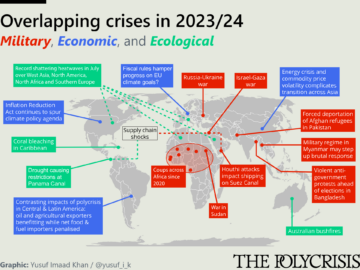 Tim Sahay in Polycrisis:
Tim Sahay in Polycrisis: I HAVE FREQUENTLY BEEN SEATED in the dark near those who have variously been called “the pilly-sweater crowd,” “cinemaniacs,” or “Titus-heads” (referring to the two main movie theaters at MoMA). They are pejorative terms for a certain type of New York City cinephile, one whose zeal for the seventh art seems to have been leached of all pleasure and has instead transmogrified into grim compulsion. Demographically, they are often (but not always) white, male, and middle-aged or older.
I HAVE FREQUENTLY BEEN SEATED in the dark near those who have variously been called “the pilly-sweater crowd,” “cinemaniacs,” or “Titus-heads” (referring to the two main movie theaters at MoMA). They are pejorative terms for a certain type of New York City cinephile, one whose zeal for the seventh art seems to have been leached of all pleasure and has instead transmogrified into grim compulsion. Demographically, they are often (but not always) white, male, and middle-aged or older. A
A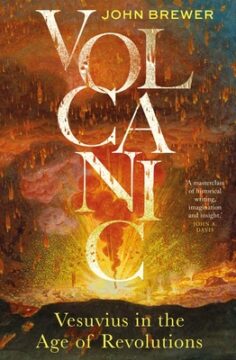 I
I Ernest Becker was already dying when “The Denial of Death” was published 50 years ago this past fall. “This is a test of everything I’ve written about death,” he told a visitor to his Vancouver hospital room. Throughout his career as a cultural anthropologist, Becker had charted the undiscovered country that awaits us all. Now only 49 but losing a battle to colon cancer, he was being dispatched there himself. By the time his book was
Ernest Becker was already dying when “The Denial of Death” was published 50 years ago this past fall. “This is a test of everything I’ve written about death,” he told a visitor to his Vancouver hospital room. Throughout his career as a cultural anthropologist, Becker had charted the undiscovered country that awaits us all. Now only 49 but losing a battle to colon cancer, he was being dispatched there himself. By the time his book was 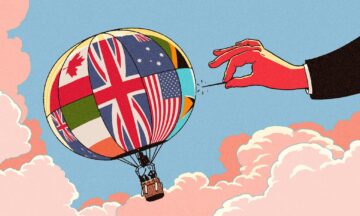 The emergence of English as the predominant (though not exclusive) international language is seen by many as a positive phenomenon with several practical advantages and no downside. However, it also raises problems that are slowly beginning to be understood and studied.
The emergence of English as the predominant (though not exclusive) international language is seen by many as a positive phenomenon with several practical advantages and no downside. However, it also raises problems that are slowly beginning to be understood and studied.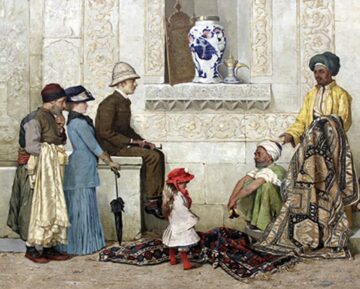 Some say that history begins with writing; we say that history begins with clothing. In the beginning, there was clothing made from skins that early humans removed from animals, processed, and then tailored to fit the human body; this technique is still used in the Arctic. Next came textiles. The first weavers would weave textiles in the shape of animal hides or raise the nap of the fabric’s surface to mimic the appearance of fur, making the fabric warmer and more comfortable.
Some say that history begins with writing; we say that history begins with clothing. In the beginning, there was clothing made from skins that early humans removed from animals, processed, and then tailored to fit the human body; this technique is still used in the Arctic. Next came textiles. The first weavers would weave textiles in the shape of animal hides or raise the nap of the fabric’s surface to mimic the appearance of fur, making the fabric warmer and more comfortable. This was during the Long 2010s (2009-2022), a decade during which there occurred more mass protests than any decade in history. The protests were against the usual suspects: capitalism, racism, imperialism, greed, corruption. Two new books, Vincent Bevins’s If We Burn: The Mass Protest Decade and the Missing Revolution and The Populist Moment: The Left After the Great Recession by Arthur Borriello and Anton Jäger, are about these protests and why they seemed to summon more of what they protested against—more greed, more racism, more corruption. They take different approaches. The Populist Moment is an academic investigation into the electoral failures of left-wing candidates in Europe and the United States (Bernie Sanders, Jeremy Corbyn, Jean-Luc Melenchon, Greece’s Syriza party), while If We Burn is a journalistic account of street protests in the Third World (Brazil, Indonesia, Chile) as well as Turkey and Ukraine.
This was during the Long 2010s (2009-2022), a decade during which there occurred more mass protests than any decade in history. The protests were against the usual suspects: capitalism, racism, imperialism, greed, corruption. Two new books, Vincent Bevins’s If We Burn: The Mass Protest Decade and the Missing Revolution and The Populist Moment: The Left After the Great Recession by Arthur Borriello and Anton Jäger, are about these protests and why they seemed to summon more of what they protested against—more greed, more racism, more corruption. They take different approaches. The Populist Moment is an academic investigation into the electoral failures of left-wing candidates in Europe and the United States (Bernie Sanders, Jeremy Corbyn, Jean-Luc Melenchon, Greece’s Syriza party), while If We Burn is a journalistic account of street protests in the Third World (Brazil, Indonesia, Chile) as well as Turkey and Ukraine. From a certain point of view, the extraordinary abundance of chickens might be seen as a positive development: Here is a source of protein that is cheaply produced, transportable, happily consumed by a huge number of people across the world. And thanks in part to Peterson’s efforts at improving feed conversion efficiency, chicken has a much slimmer carbon impact than beef, which contributes more than
From a certain point of view, the extraordinary abundance of chickens might be seen as a positive development: Here is a source of protein that is cheaply produced, transportable, happily consumed by a huge number of people across the world. And thanks in part to Peterson’s efforts at improving feed conversion efficiency, chicken has a much slimmer carbon impact than beef, which contributes more than  Shortly after Rachel Bespaloff’s suicide in 1949, her friend Jean Wahl published fragments from her final unfinished project. ‘The Instant and Freedom’ condensed themes that occupied the Ukrainian-French philosopher throughout her life: music, rhythm, corporeality, movement and time. One of Bespaloff’s key ideas, ‘the instant’, is less a fragment of duration than a life-changing event, a moment of embodied metamorphosis. In the midst of a noisy world, torn between transience and eternity, the human being listens to the sound of history. Had she completed and published it, ‘The Instant and Freedom’ might have become the masterpiece of an important early existentialist thinker. Instead, her name is hardly mentioned today.
Shortly after Rachel Bespaloff’s suicide in 1949, her friend Jean Wahl published fragments from her final unfinished project. ‘The Instant and Freedom’ condensed themes that occupied the Ukrainian-French philosopher throughout her life: music, rhythm, corporeality, movement and time. One of Bespaloff’s key ideas, ‘the instant’, is less a fragment of duration than a life-changing event, a moment of embodied metamorphosis. In the midst of a noisy world, torn between transience and eternity, the human being listens to the sound of history. Had she completed and published it, ‘The Instant and Freedom’ might have become the masterpiece of an important early existentialist thinker. Instead, her name is hardly mentioned today.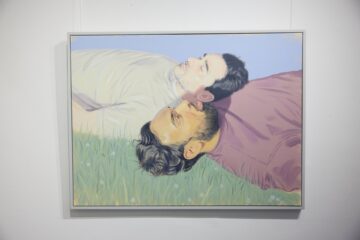 A
A Wearing an electrode-studded cap bristling with wires, a young man silently reads a sentence in his head. Moments later, a Siri-like voice breaks in,
Wearing an electrode-studded cap bristling with wires, a young man silently reads a sentence in his head. Moments later, a Siri-like voice breaks in,